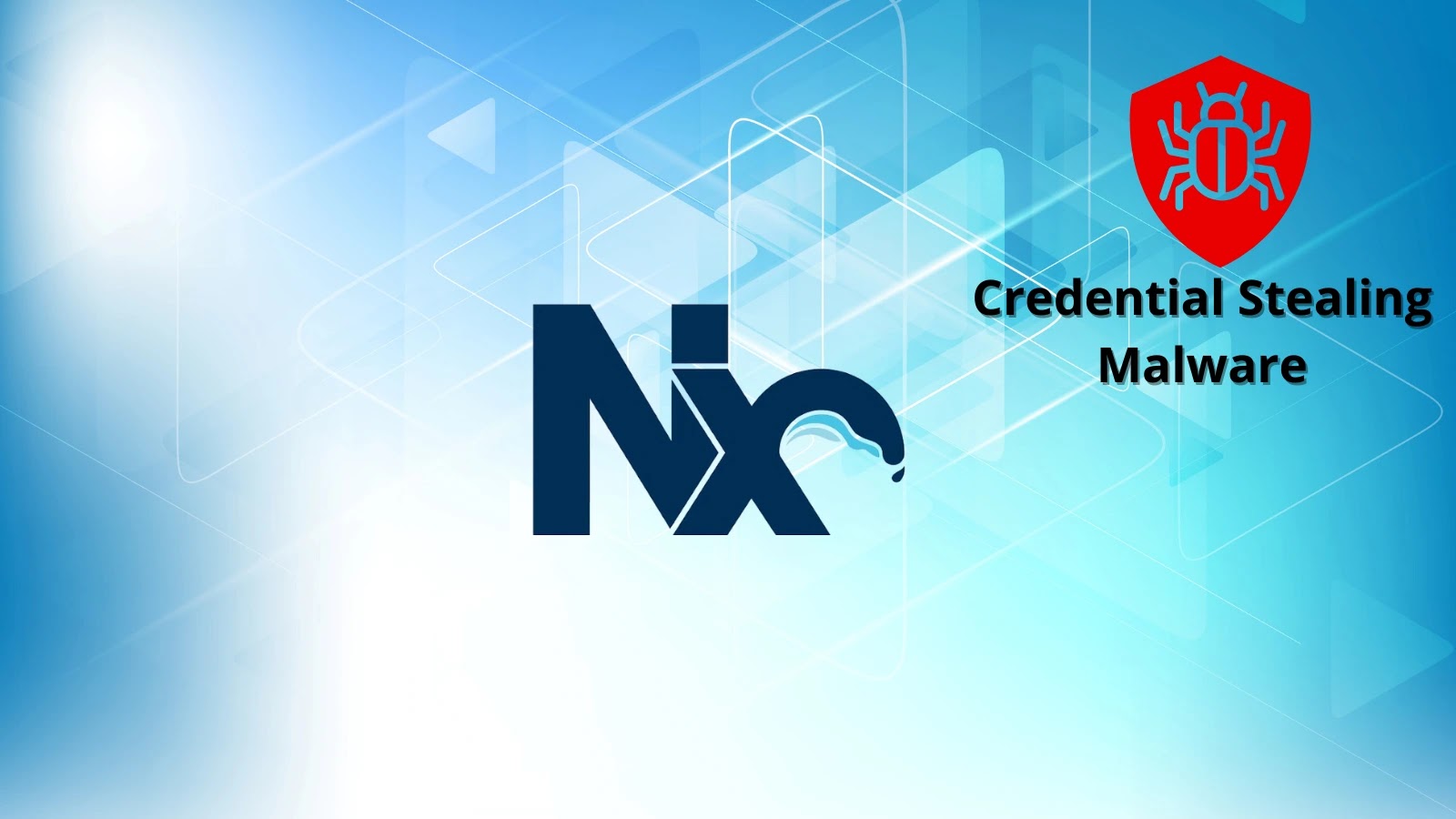
Nx Packages With Millions of Weekly Downloads Hacked With Credential Stealer Malware
The s1ngularity Breach: Unpacking the Nx Package Supply Chain Attack and Its Credential Stealing Fallout
A disturbing new report from GitGuardian reveals a significant supply chain attack, dubbed “s1ngularity,” has compromised millions of developers. The popular Nx build platform, widely adopted for its streamlined monorepo management, became the unwitting conduit for a comprehensive credential harvesting campaign. This attack, affecting Nx package versions 20.9.0 through 21.8.0, represents one of the most impactful campaigns targeting the developer ecosystem observed to date in 2025.
For organizations relying on Nx, understanding the mechanics of this breach and implementing swift remediation is paramount. The scale of weekly downloads—millions—underscores the potential breadth of this impact.
Understanding the s1ngularity Attack Vector
The s1ngularity attack exemplifies a sophisticated approach to software supply chain compromise. Malicious actors did not target end-user systems directly but rather infiltrated a crucial component of the development pipeline: the Nx packages themselves. By injecting malicious code into legitimate versions of these widely downloaded packages, the attackers ensured widespread distribution of their credential stealer malware.
This method leverages the inherent trust developers place in commonly used build tools and libraries. When developers pulled the compromised Nx package versions into their projects, the embedded malware would execute, facilitating the exfiltration of sensitive credentials.
Impact and Scope: Millions of Downloads, Widespread Credential Theft
The numbers speak for themselves. With Nx packages boasting millions of weekly downloads, the potential for exposure is immense. The primary objective of the s1ngularity campaign was credential harvesting, meaning that any sensitive authentication data accessible during build processes or within the development environment could have been compromised. This includes, but is not limited to:
- SSH keys
- API tokens (GitHub, corporate SaaS, cloud providers)
- Repository access credentials
- Sensitive environment variables
Such a compromise can lead to significant follow-on attacks, including unauthorized code changes, data exfiltration from private repositories, and lateral movement within corporate networks. The broad range of affected Nx package versions (20.9.0 through 21.8.0) indicates a persistent and potentially long-term presence by the attackers within the supply chain before detection.
While a specific CVE has not yet been assigned for this distinct incident, the underlying vulnerability points to weaknesses in software supply chain integrity. For context on similar supply chain threats, one can reference vulnerabilities like CVE-2022-26134 (related to Log4Shell, which demonstrated library compromise impact) or the broader implications of CVE-2021-44228 (Sunburst, a supply chain compromise affecting SolarWinds).
Remediation Actions and Best Practices
Organizations and individual developers using Nx must take immediate action to mitigate the risks posed by the s1ngularity attack. Proactive security measures beyond this immediate incident are also crucial for long-term resilience.
Immediate Steps:
- Isolate and Audit Affected Environments: Identify all development machines and CI/CD pipelines that have consumed Nx package versions between 20.9.0 and 21.8.0. Treat these as potentially compromised.
- Revoke and Rotate Credentials: Immediately revoke and rotate all sensitive credentials (SSH keys, API tokens, cloud access keys, etc.) that were present or accessible in any potentially compromised environment. Assume compromise for anything that was in scope.
- Update Nx Packages: Upgrade Nx to the latest secure version immediately. If a patch has been released for the affected versions, apply it. Otherwise, move to a version outside the compromised range.
- Scan for Malware: Conduct thorough malware scans on all affected development workstations and build servers.
- Inspect Repositories: Carefully review repository logs for any unauthorized commits, pushes, or pull requests originating from compromised accounts.
Proactive Security Measures:
- Software Supply Chain Security: Implement robust supply chain security practices, including source code integrity checks, dependency vulnerability scanning, and trusted artifact management.
- Least Privilege: Enforce the principle of least privilege for all development tools and CI/CD pipelines. Grant only the necessary permissions.
- Secrets Management: Utilize a dedicated secrets management solution. Avoid hardcoding credentials in code or environment variables directly accessible during build processes.
- Multi-Factor Authentication (MFA): Mandate MFA for all critical developer accounts and access to repositories.
- Automated Dependency Analysis: Regularly use tools to analyze your project dependencies for known vulnerabilities and suspicious activity.
- Network Segmentation: Segment development environments from production networks to limit the blast radius of a breach.
Tools for Detection and Mitigation
Leveraging specialized security tools is essential for detecting compromises and strengthening your software supply chain.
| Tool Name | Purpose | Link |
|---|---|---|
| GitGuardian Internal Monitoring | Detects exposed secrets in code, Git repositories, and CI/CD pipelines. | https://www.gitguardian.com/products/internal-monitoring |
| TruffleHog | Scans local and remote repositories for secrets and sensitive data. | https://trufflesecurity.com/trufflehog |
| Snyk | Identifies vulnerabilities in open-source dependencies and containers. | https://snyk.io/ |
| OWASP Dependency-Check | Identifies known vulnerabilities in project dependencies. | https://owasp.org/www-project-dependency-check/ |
| HashiCorp Vault | Securely stores and manages access to secrets. | https://www.vaultproject.io/ |
Key Takeaways from the s1ngularity Breach
The s1ngularity attack on Nx packages serves as a stark reminder of the escalating threat landscape in software supply chain security. Organizations and developers must acknowledge that their build tools and dependencies are prime targets for malicious actors seeking to harvest credentials and gain unauthorized access.
Proactive security posture, continuous monitoring, and rapid response capabilities are no longer optional but fundamental requirements for protecting development ecosystems. The incident underscores the critical need for vigilance over every piece of code used to build modern applications, regardless of its perceived trustworthiness.





